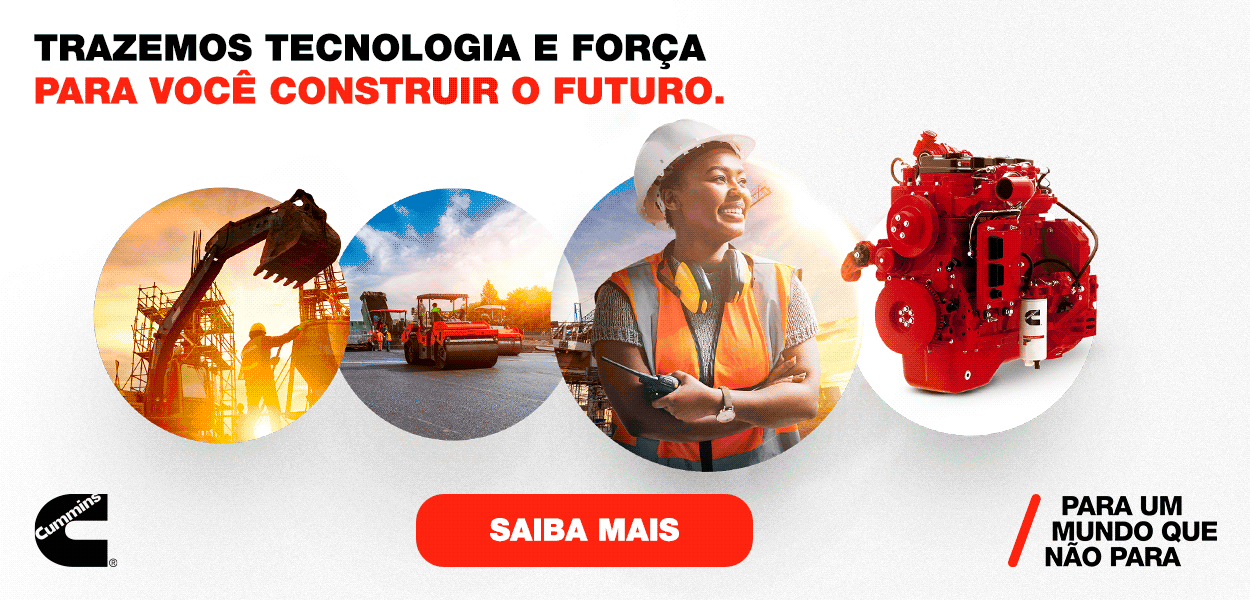Impulse in productivity
Due to the necessity of converting container ports in bulk material ports, the industry is offering equipment solutions to drain the production of commodities
After a sequence of records in agricultural production, the country is seeing also an advance in the applications of dedicated portable equipment such as mobile conveyors to increase productivity in the handling of grains and fertilizers, as well as of commodities such as iron ore, bauxite, copper and others.
According to Carlos Ivan Équi, supporting specialist to system sales from Metso, a portable equipment for dry bulk material handling “needs a light design that ensures mobility and demands little maintenance, and also that has the strength needed to ensure a longer life”.
Port operations generally include a background area where are located the warehouses and the logistics of the terminal. The flow of materials crosses this area by railway or road, enabling products or raw materials to be continuously loaded and unloaded from the ships.
There is also the pier, where ship loading and unloading equipment is located. In this place, transporters ship or receive bulk materials with the worthwhile help of ship loaders and unloaders, as explained by Équi. “The interconnection between the background area and the pier is carried out by a bridge of access that allows the integration of earth with sea or river”, explains him.
According to him, main concerns in these operations are the cautions in preventing contamination of the several materials handled. Other concern is related with the measures to prevent material spilling and emission of particulate materials. After all, the legislation in force for environmental protection has very rigid regulation standards. Regulating organs such as Cetesb, for example, are always following these operations and have power to stop any irregular activity that would be carried out in disagreement with the standards in force. “And the project has to attend all these premises”, says Metso’s expert.
According to Équi, it is also quite important to develop a project that may ensure operating efficiency in travel with boom slewing, lifting and telescoping (when needed), and a retractile loading trunk, to ensure the access to all ships’ holds. And this necessity configures an opportunity for technology.
OPPORTUNITIES
For Danilo Bibancos, director of Superior Industries in Brazil, this is really the right time to install mobile solutions of transport, mainly due to the need of converting container terminals for operations with bulk materials. “Since there is no infrastructure enough to load the grains produced in the country, logistic costs increase and profit margins of the agribusiness are reduced”, says him.
According to Bibancos, national economy was passing by a situation of growth before the current recession. This reduced the expenditures needed for buying industrialized goods in other countries, allowing Brazilian ports to receive appropriate infrastructure to handle importations carried out using containers. “Currently, however, the exchange devaluation reduced the purchasing power of the country and reduced a lot the volume of importations”, explains him. “And the same exchange motion turned the exportation of commodities—particularly of grains— an expanding business. But the design focused in containers used in the Brazilian ports has a small role in levering such opportunity.”
In addition to the increase of grain production, cooperative and commodity brokers had—due to currency devaluation—to increase the motion of their products. The Companhia Nacional de Abastecimento (Conab) forecasts an increase of more than 14 percent in the area during 2017. “And how this production may be sent to the global market?”, asks Bibancos. “This problem needs an urgent solution”.
In the same way, river docks have also to be equipped with portable loading solutions to transport grain production to the ports, remembers the director. “The traditional and permanent structures of loading and unloading are less flexible than portable structures”, says him. “They demand large investments and much more time to be installed, while portable units are cheaper and quicker to install.”
For him, portable equipment allows port operators to integrate quickly their capacity of handling dry bulk materials, with no compromise in the original operations of container handling.

Av. Francisco Matarazzo, 404 Cj. 701/703 Água Branca - CEP 05001-000 São Paulo/SP
Telefone (11) 3662-4159
© Sobratema. A reprodução do conteúdo total ou parcial é autorizada, desde que citada a fonte. Política de privacidade














